Historic and boutique wineries; tips for your own trip
Two wineries we visited in Napa and Sonoma had a history — one, a historic structure, and one, a history tied to the film industry.
When planning our second tasting day in Sonoma, we needed a place to have lunch and taste wine before our final tasting that afternoon. We decided to check out the very grand Francis Ford Coppola Winery, owned by the Oscar Award-winning movie director.
This winery is so much more than just vineyards and a tasting room. It’s a little like Disney World, with a restaurant, bar, wine tasting areas, a swimming pool where you can reserve your own cabana and even a movie museum. It was also the only winery where you had to call in a reservation (instead of reserving online), and they didn’t even ask for a credit card!
At the winery, we chose the reserved tasting on the terrace overlooking the vineyards. But first, we needed some nourishment to keep us going. At the bar for Rustic Restaurant, we shared a salad and a pizza with parmesan, arugula and prosciutto – delicious.
On the terrace, Debbie hosted our tasting that included a Reserve Viognier, Reserve Pinot Noir, 2020 Eleanor, a very smooth red blend named for the winery owner’s wife, and the 2018 blend Archimedes red blend. All these wines had earned medals in the Sonoma Valley Harvest Fair that was being held the upcoming weekend.
In addition to great food and wine, a benefit to visiting this winery is the chance to view historic memorabilia from some of Coppola’s most iconic films, including all the Godfather series, Apocalypse Now, Bram Stoker’s Dracula, and films by his daughter, Sofia Coppola. The museum also holds the Oscars that Coppola won for his films.
The pool was closed the day we visited – there was an international pizza-making competition on the deck (I personally think the pizza we ate was a clear winner). But when it’s open, guests can rent a small dressing/shower cabana to change for a swim.
Another Napa Valley winery with a history is Trefethen Winery. The building that houses the tasting room, dating to the 19th century, is the oldest, wooden, gravity-fed winery in the country. The former Eschol Winery was purchased by the Trefethen family in 1968.
The winery’s claim to fame is having its 1976 Chardonnay chosen as the world’s best in the 1979 wine Olympics in France. The selection was initially considered a fluke, but the competition results were repeated a year later, so Trefethen Chardonnay became recognized as “the yardstick by which all Chardonnay Is judged.”
The historic winery building suffered structural damage in a 2014 earthquake and had to be significantly rebuilt and reinforced against future earthquakes. We had our tasting in second floor room of that historic building.
The driveway into the winery is long and takes you past acres and acres of vineyards. Like all wineries in the Napa area, they were experiencing a later-than-usual harvest. A map in the tasting room showed areas that had been harvested, and there was still much to be done in October.
The day before we visited Trefethen, we were riding bikes on the Napa Valley Vine Trail and realized that the winery just across the highway. So it would have been a fairly easy ride from the trail to the tasting room. But did I mention how long the driveway was?
Boutique winery
At Unti (Oon-tee) Vineyards in the Dry Creek Valley, we felt right at home. It was one of the smaller, boutique wineries we visited, with about 60 acres of vines.
The tasting room here is small, and we experienced a “standing tasting” at the counter, like what we are more accustomed to in North Carolina. Our host Jerry was very friendly, even offering to print out information about the winery for us.
The vines for this winery were planted in 1991, and the tasting room opened in 1997. They grow Italian varietals, along with Syrah and the Zinfandel that Dry Creek Valley is so known for.
Though reservations are required for tasting wine, this was another place that was probably a little more flexible than some of the larger wineries. As we were entering the tasting room, we saw several folks enjoying a tasting and picnic outside.
Tips for enjoying Napa and Sonoma
What we learned:
- Winery hours are short! Most are typically open 10 am-5 pm, but some close as early as 4-4:30 pm. To visit three wineries in a day, you should probably start with one before lunch, then follow up with two after lunch. Be sure to calculate travel time between wineries.
- About reservations: Most wineries require them, but it doesn’t hurt to call ahead to see if they can work you in for a tasting if you don’t have a reservation. Weekdays are probably the best time for doing this. Some wineries may not be able to host you for a tasting, but might let you stop by for a glass or bottle of wine, if local ordinances permit them to sell this way.
- The cost of tasting wine may create a little sticker shock to those of us from the East Coast. In Sonoma, tastings start around $35-40 and go up to about $60. In Napa, you’ll likely find low-end tastings around $50-60, though they can easily cost over $100. We were told that most places discourage “shared tastings” since COVID, but we discovered at least one winery that allowed two guests to share one tasting.
- You don’t have to drink every sip you are served. You can spit into a cup or take a few sips of wine and dump the rest. The more you drink, the less likely you’ll be able to enjoy the wine from your later tastings.
- Any winery that sells food probably won’t let you bring in your own. Be sure to ask before lugging out your picnic basket. One winery we visited would allow you to reserve a picnic table for $50. Some sell the snacks you would typically bring on your own; most don’t have full restaurants.
- There’s more to do here than taste wine – riding the wine train, riding bikes, visiting gardens and farmers markets, seeing the redwoods and the California coast. It’s worth the time to hop off the wine trail for a bit and enjoy the scenery.
- We were impressed with the tenure of many of the tasting room hosts. Even when we met someone who was new to a winery, most had already worked for several years in the local wine industry.
- Since wineries tend to get busier throughout the day, schedule your biggest name wineries early in the day and save the smaller ones for the afternoon. Weekdays are certainly less busy than weekends.
Previous posts:
Napa and Sonoma, Part 2
Sparkling wine and other things to do
Visiting Napa and Sonoma
North Sonoma favorites and wineries with the best views

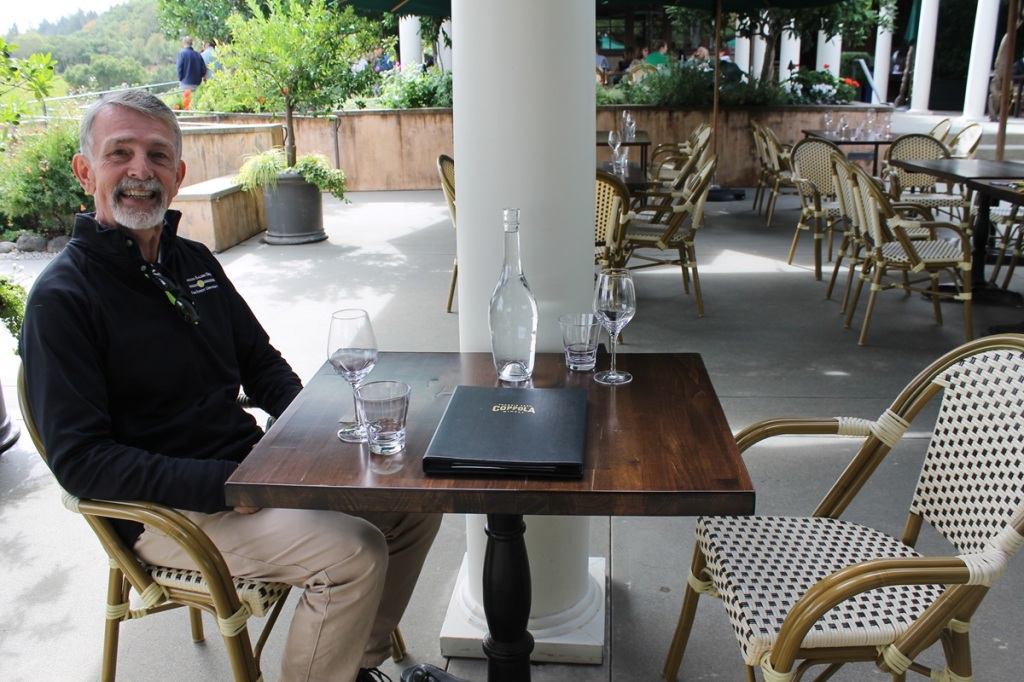
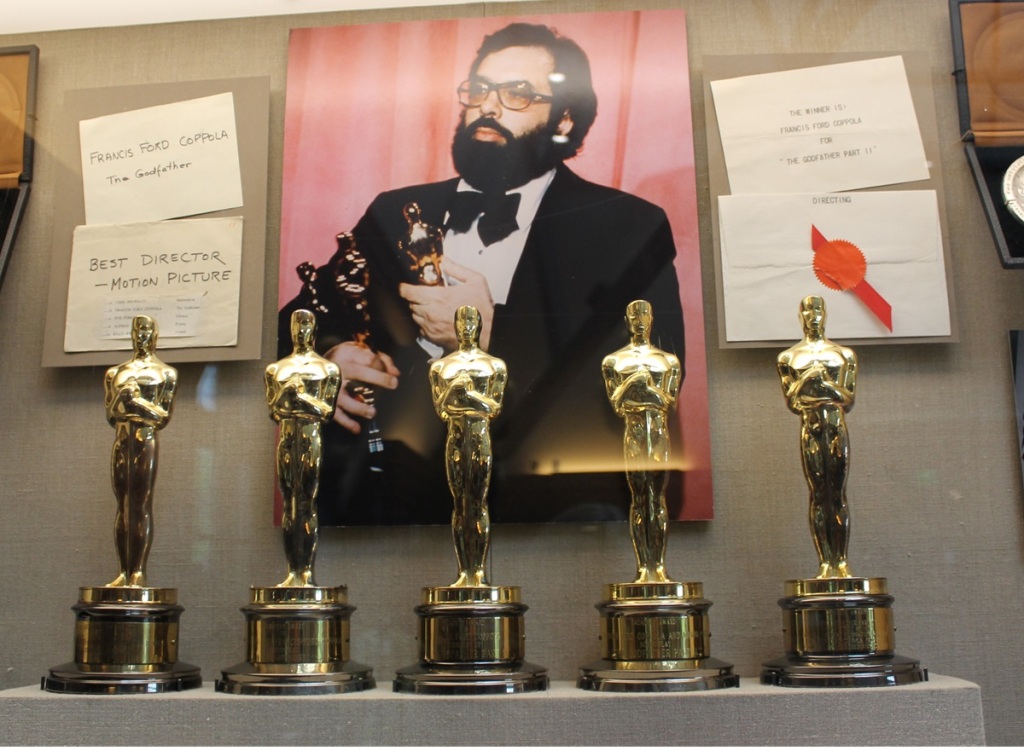
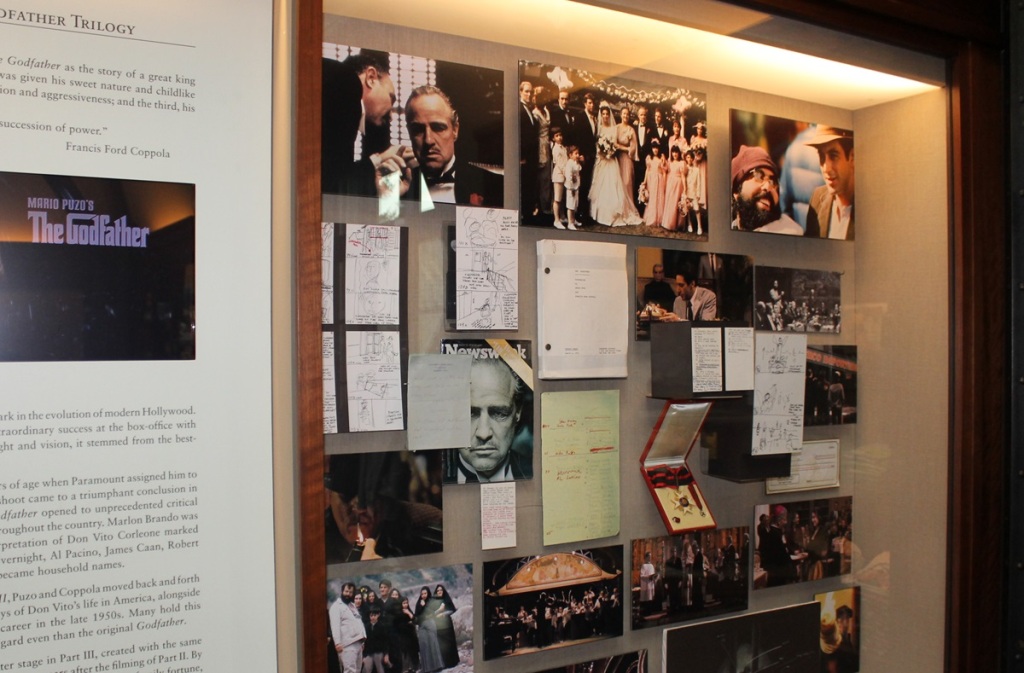
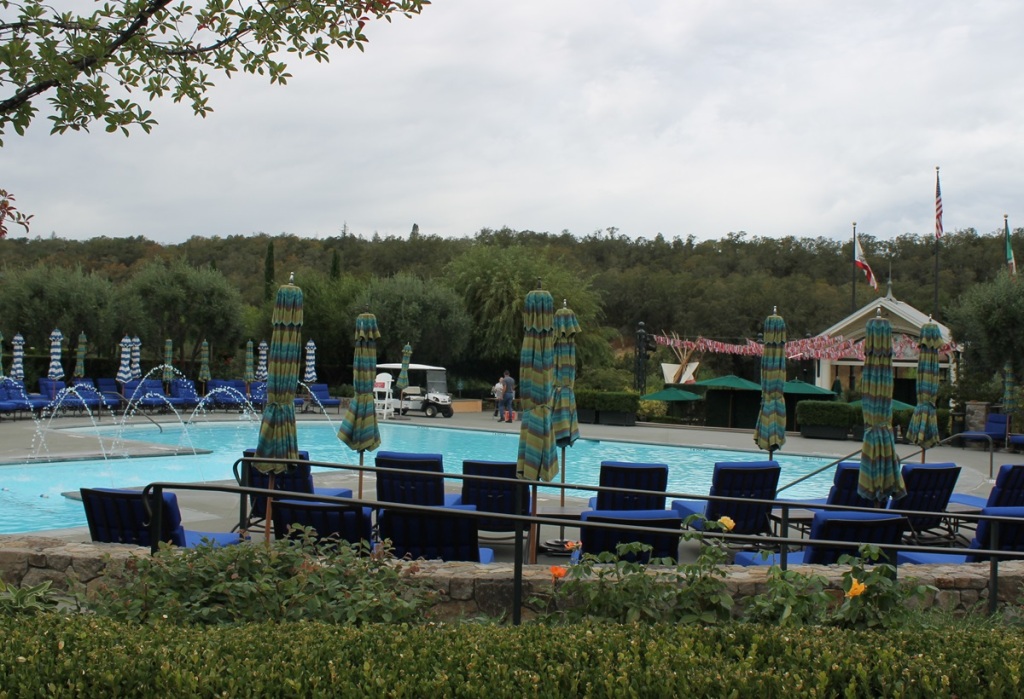
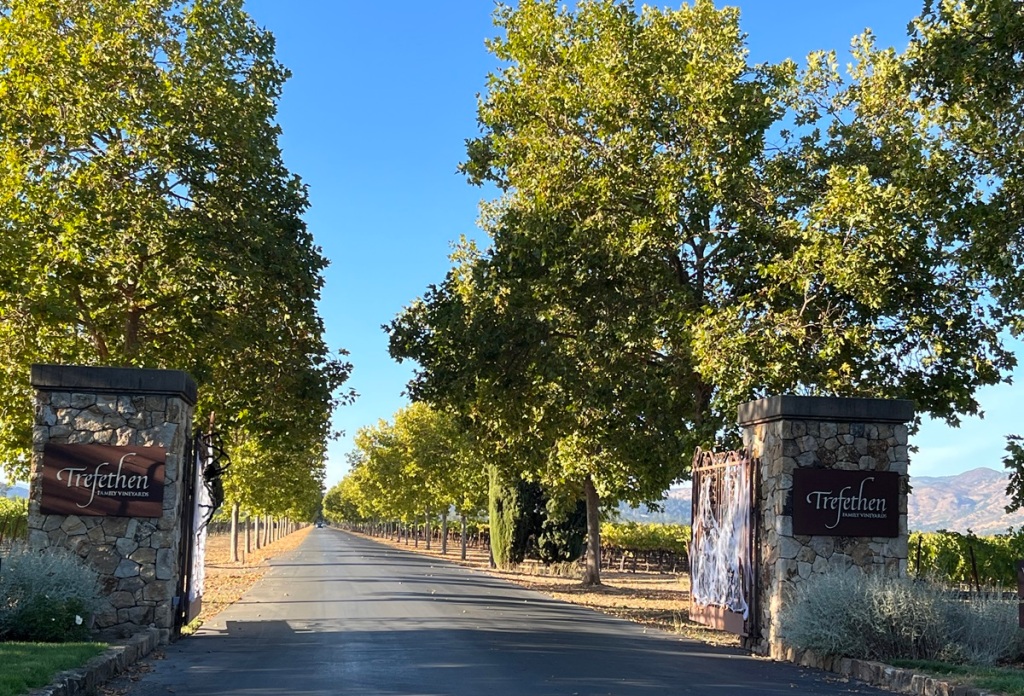
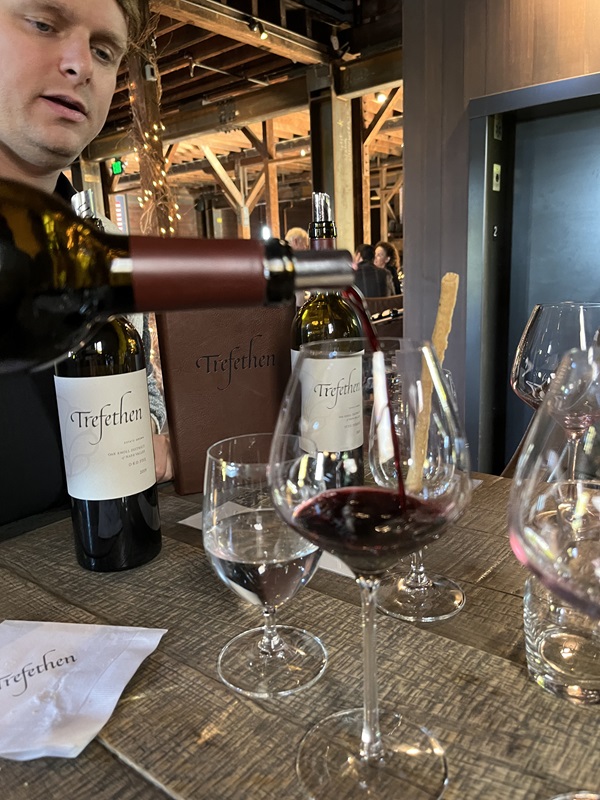
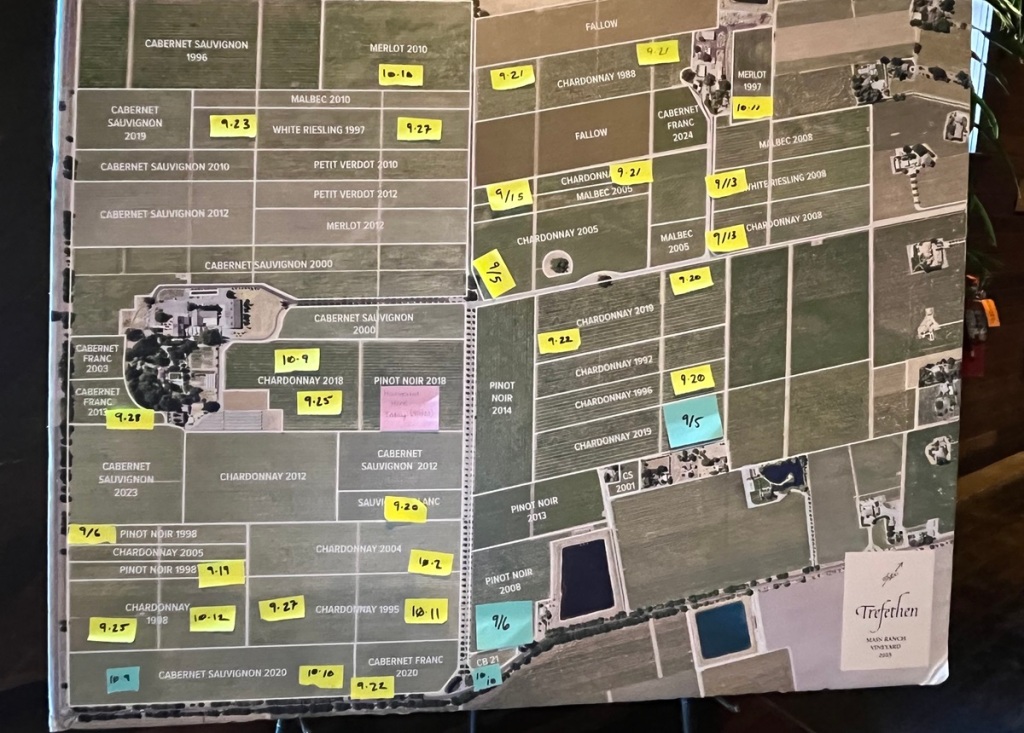
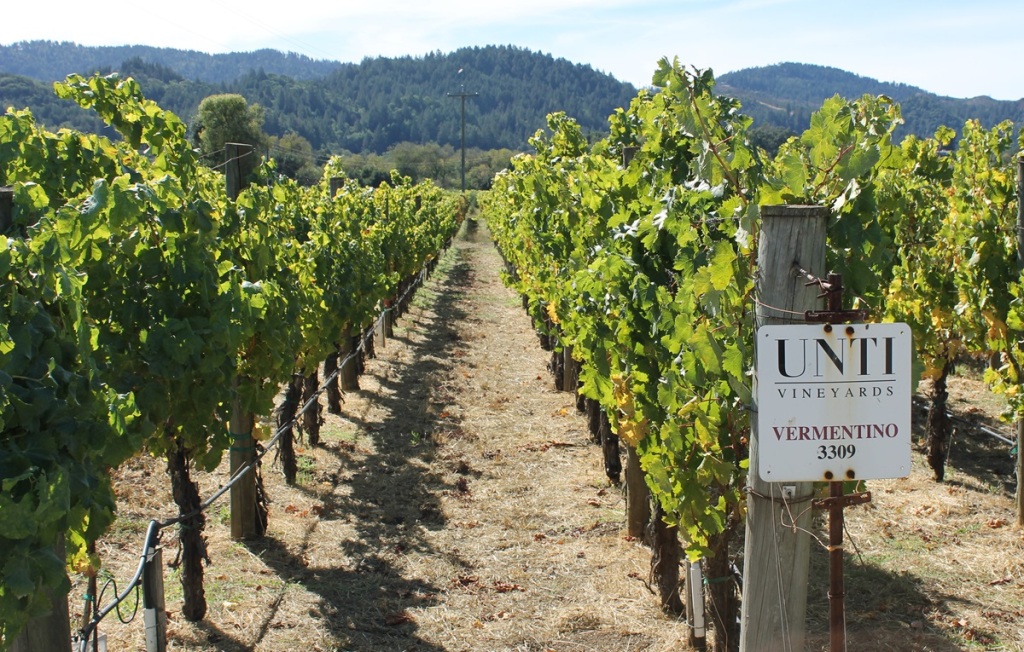
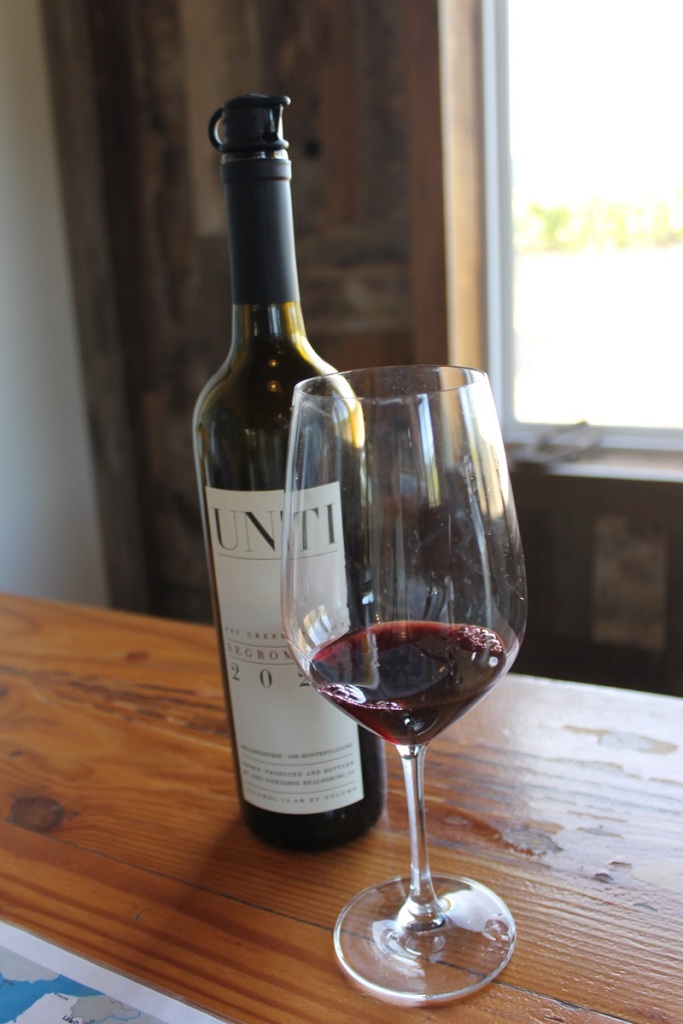
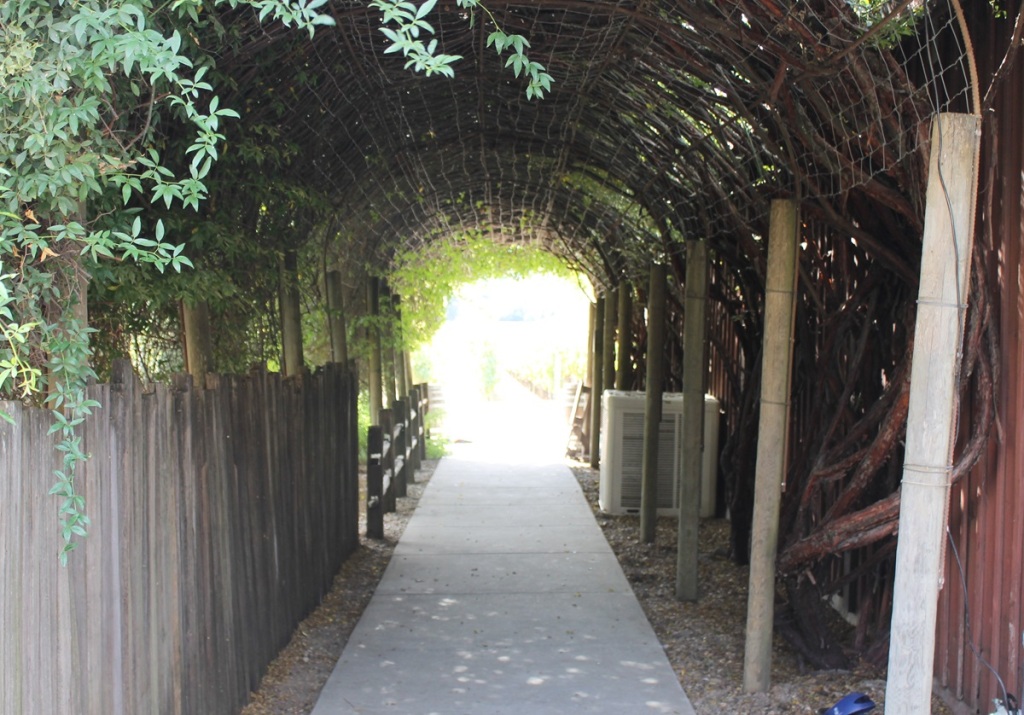
Natalie, this was an awesome read and your tips will certainly help future travelers to this coveted wine area